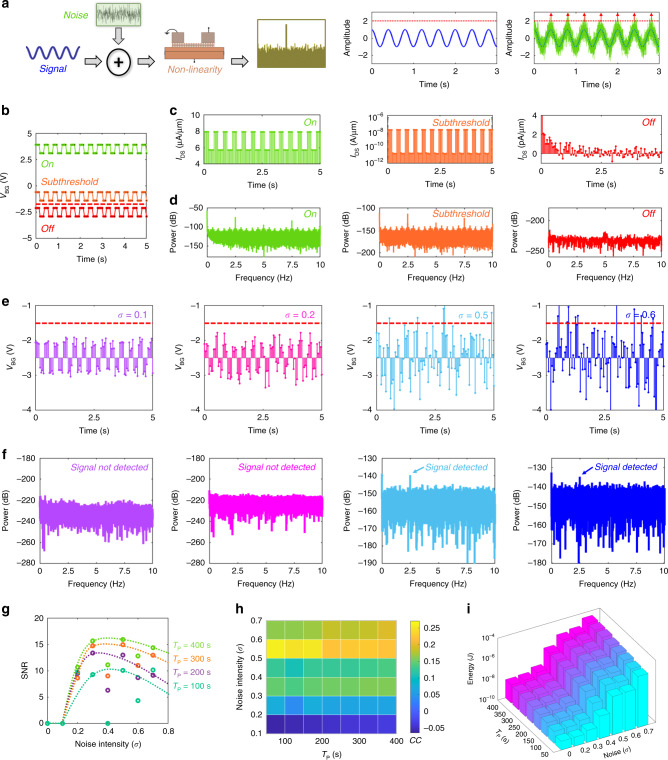Fig. 2. Demonstration of stochastic resonance (SR) in monolayer MoS2 field-effect transistor (FET).
a Schematic showing the basic concept of SR with three essential components: a nonlinear thresholding device, a weak coherent input such as a periodic signal, and a source of noise. When the noise intensity reaches some finite and appropriate level, the system can detect the weak time-variant signal, which otherwise lies below the detection threshold of the sensor. b A 2.5 Hz square wave of amplitude 0.4 V is applied to the back-gate of the monolayer MoS2 FET at different operating regimes: ON-state (VBG = 3.5 V), subthreshold (VBG = −1 V), and OFF-state (VBG = −2.5 V). c Output current (IDS) and d corresponding PSD plots obtained using the FFT. Current sampling was done at 20 Hz for ~100 s. In the ON-state and subthreshold regime the signal is detected, whereas, in the OFF-state, IDS is obscured by the noise floor and corresponding peaks are absent in the PSD. e In order to detect the signal in the OFF-state, Gaussian noise of different standard deviations (σ) are superimposed on the square wave centered at VBG = −2.5 V. f PSD of measured IDS. The current sampling was done at 20 Hz for ~400 s. The signal is detected for an optimum amount of Gaussian noise, confirming SR in MoS2 FET. g SNR as a function of σ for various total sampling time (TP). h Color map of the correlation coefficient (CC) between IDS and VBG. i Energy consumption as a function of σ for various TP. Clearly, optimum signal detection can be achieved with energy as frugal as 10–100 nJ corresponding to σ = 0.5 V.

